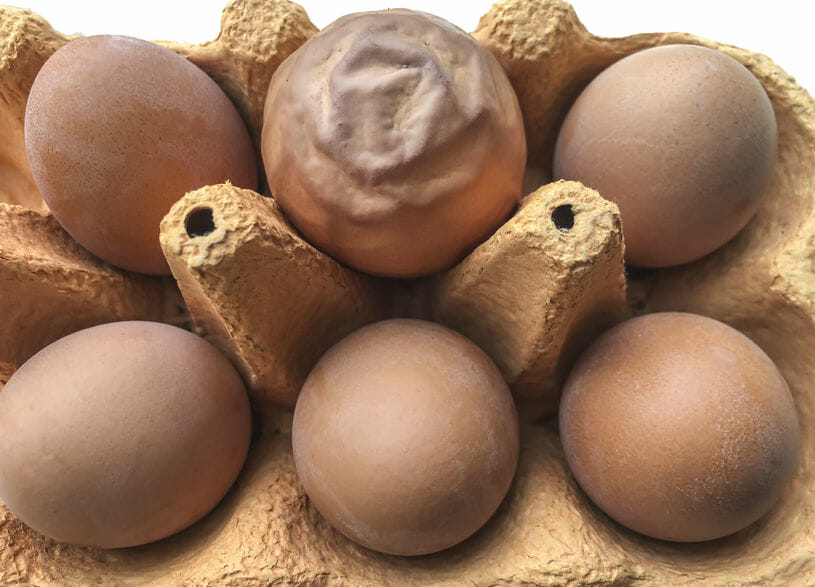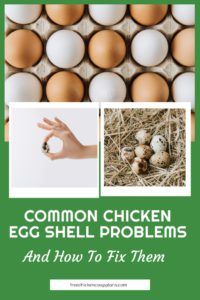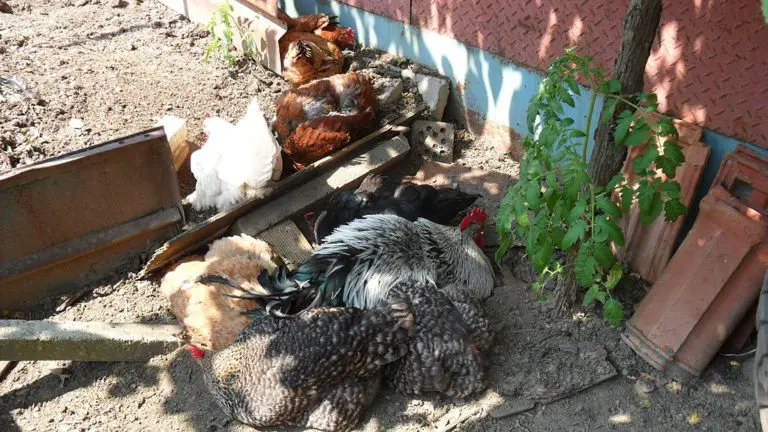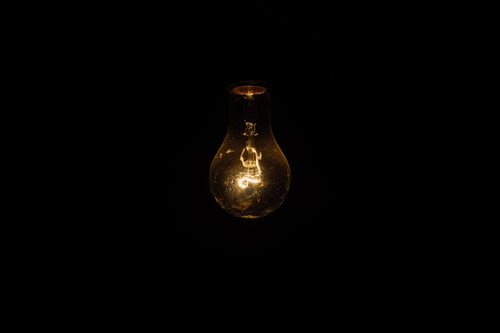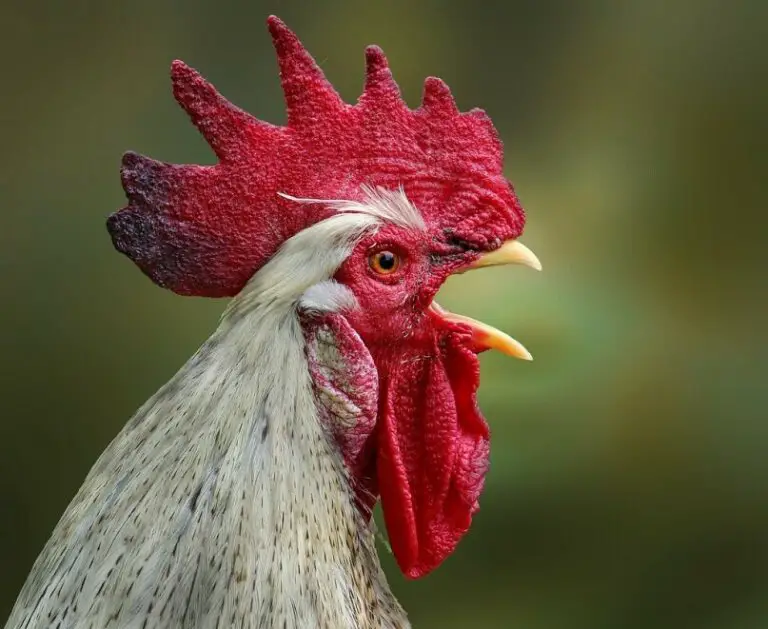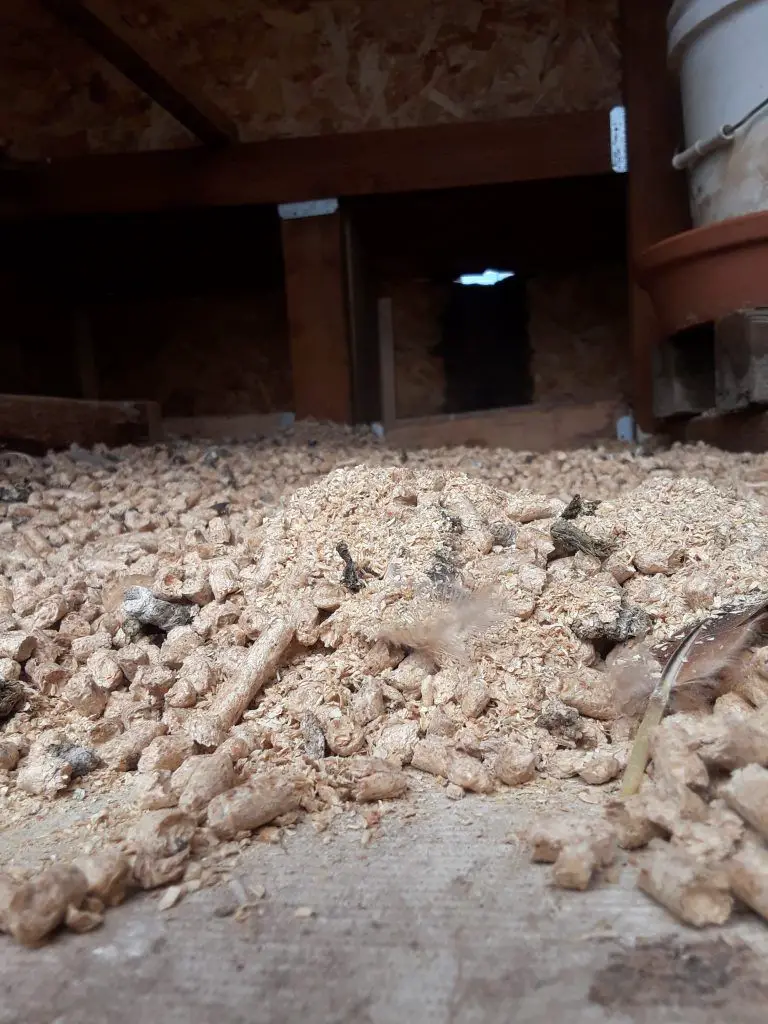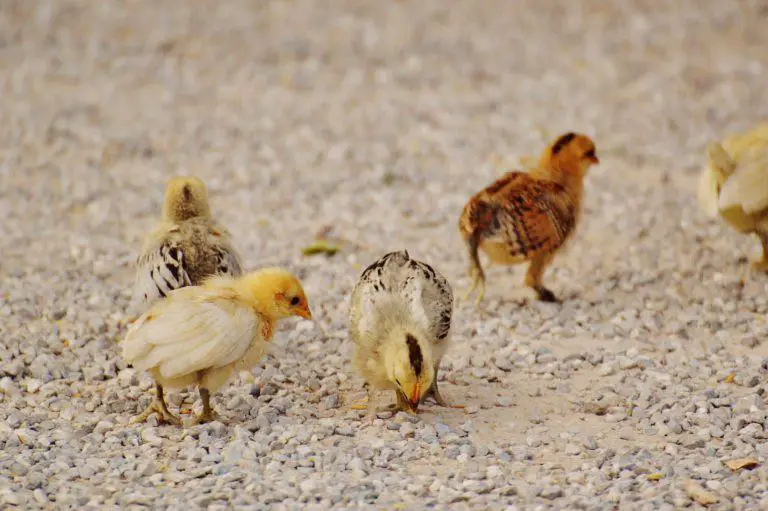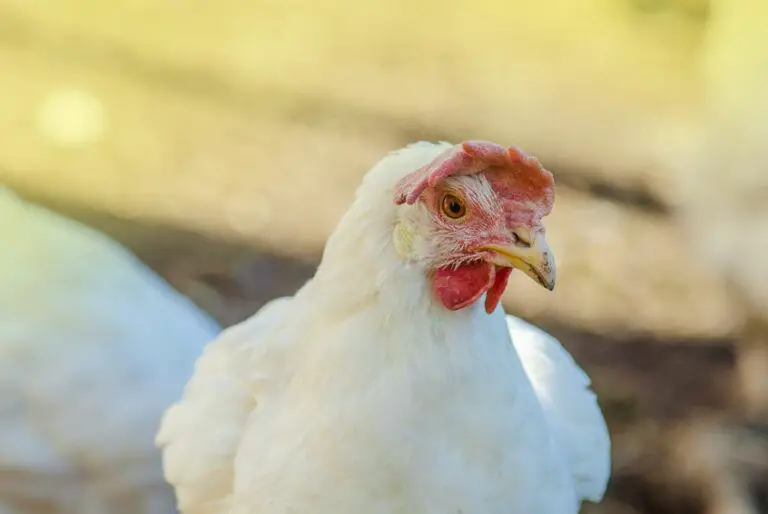Common Chicken Egg Shell Problems And How To Fix Them
Egg shells usually tend to have no issues, but there are situations when minor or more complex chicken egg shell problems can arise. It’s important to figure out what causes that and how you can solve the issue if it’s solvable.
Here you have a list with some of the most common egg shell issues that can appear.
Holes In The Egg Shell
Sometimes this appears when pimples are removed from the egg shell or the egg itself was not laid down adequately. It often occurs when the egg is first laid down and is still warm and wet and is more susceptible to damage until it cools.
If there isn’t adequate padding under the hen or there isn’t a roll away feature in the nest box, their toes can create the pinholes.
Remedy: Add more padding under the hens, more nest boxes, or design a roll away feature in the nest box.
Blood Stained Eggs
There are situations when you will notice that eggs have blood smears coming from poor hygiene, large increases in day length, pullets that come into lay, the hen is laying a larger egg, or the pullets are overweight. They can also appear from cannibalism, vent pecking, or cloaca issues.
Remedy: As mentioned, blood-stained eggs happen for a variety of reasons and, usually, there is no need for concern. However, if you see blood on the eggs daily or notice blood on the hens’ rear area (vent), it may be time to call your local veterinarian for guidance.
Shell-less Eggs
Shell-less eggs will happen if their nutrition lacks manganese, Vitamin D3, phosphorus, and calcium. It can also be caused by too much salt in the diet. A general rule of thumb is not to feed too many scraps to your hens as this can upset the balance their layer feed provides.
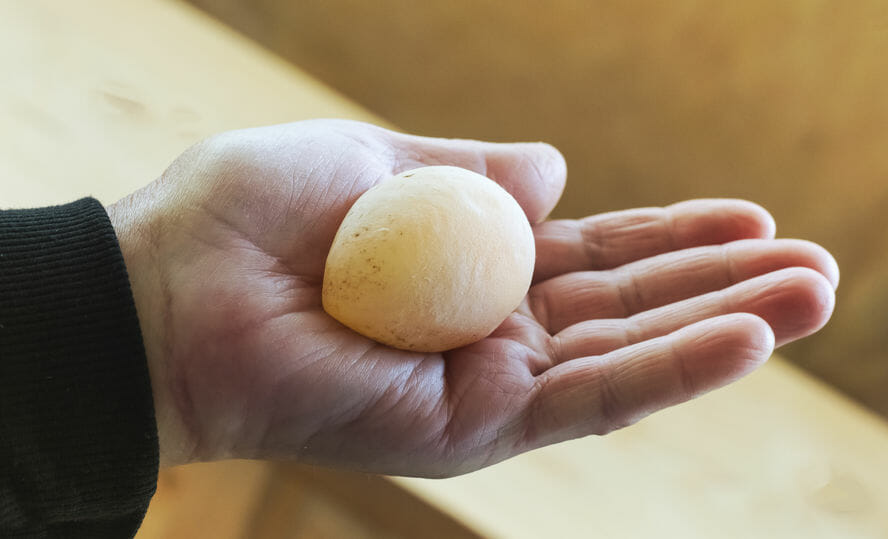
It’s not uncommon for young hens who are just starting to lay to produce an egg without a shell, but this will likely stop once they start laying consistently.
Remedy: Improve your flock’s diet and things will become a whole lot better. A complete layer feed is balanced with the right nutrients and table scraps can throw this balance off. We get it – it’s fun to feed the brood some goodies as they really seem to love it! But this can wreak havoc on the egg-laying process.
Soft Shelled Eggs
You can also encounter a problem when the shell exists, but the shell structure is very soft. That usually means your chicken has an excess of phosphorus. It can also come from mycotoxins, saline water, heat stress, and if the bird is older.
Remedy: Feed a layer feed designed for laying hens and cut back on kitchen scraps. Provide enough free choice oyster shells in the feed to boost calcium. Watch for stress in the coop – aggressive chickens, disturbances at night from potential predators, etc. can all play a role.
Shell Cracks
There can be star cracks, large cracks, or even hairline cracks. The causes are similar to the soft-shelled egg problem, although there’s also a lack of vitamin D3 and Calcium involved.
You’ll also see it in older hens as egg quality begins to decrease over time.
Another possible cause can simply be inadequate bedding in the nest box.
Remedy: Make sure there is adequate padding in the nest box i.e. straw or your preferred bedding choice. Feed a complete layer feed. Provide free-choice oyster shells for the hens to eat at will.
Wrinkled Eggs
In this situation, the egg itself has either a wrinkled or creased surface. Sometimes things like overcrowding can be the main issues. It might also be a sign of a defective shell gland or infectious bronchitis. Even stress can be the cause behind this issue.
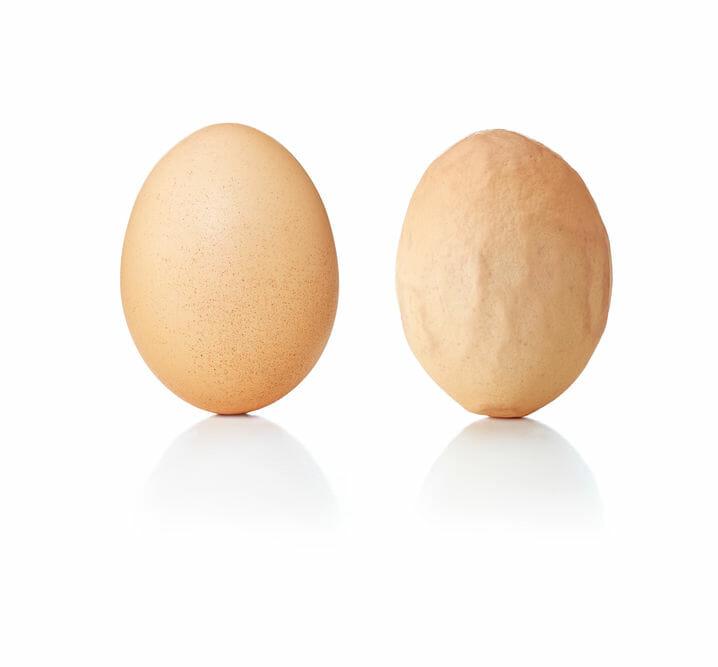
Wrinkled eggs will be seen more in older hens since, as they age the albumen (egg whites) get thinner with age and is more difficult to form a smooth shell around.
Remedy: There is not a lot that can be done but to provide good layer feed and free choice grit or oyster shells. Reducing stress in the coop (if possible) can also help.
Calcium Coated Eggs
When you see this, there’s either a small calcium layer at the end, or it covers the entire egg. Obviously, if that happens, you need to feed your chicken with less calcium. However, this might also be caused by disturbances that appear during the calcification process or because the shell gland might be defective.
Remedy: If you’re feeding free-choice oyster shells, consider eliminating this for a while to see if the issue stops.
Mottled Shells
They are uncommon and hard to spot. You need to place the egg in front of a light and then the translucent area will be either glassy or mottled. The shell was unable to dry out properly, and that’s what causes all these issues.
What causes this? It can be a manganese deficiency, the coop being too humid or maybe you have way too many chickens and there are overcrowding problems.
Remedy: Provide additional space or rearrange the roost settings to allow the hens more room. Feed a complete layer feed which is balanced with just the right ingredients for healthy egg production.
Conclusion
These are only a few of the many chicken egg shell problems. These issues arise from time to time, and it usually shows that you either need to change the living conditions of your chicken or modify their diet.
A lot of these issues happen rarely and it’s nothing to get too worked up about and the eggs are generally safe to eat, despite the crazy looking shell.
You’ll rarely if ever see eggs like that from the store as they won’t include them in the cartons. But in your home flock, it will happen from time to time – we see it as one of the many fun things that happen from raising our own chickens.
If you’re concerned about your eggs or the health of your chickens, your local veterinarian is a great go-to resource.
Thanks for stopping by!

